Concept Art - AI-Powered Concept Creation
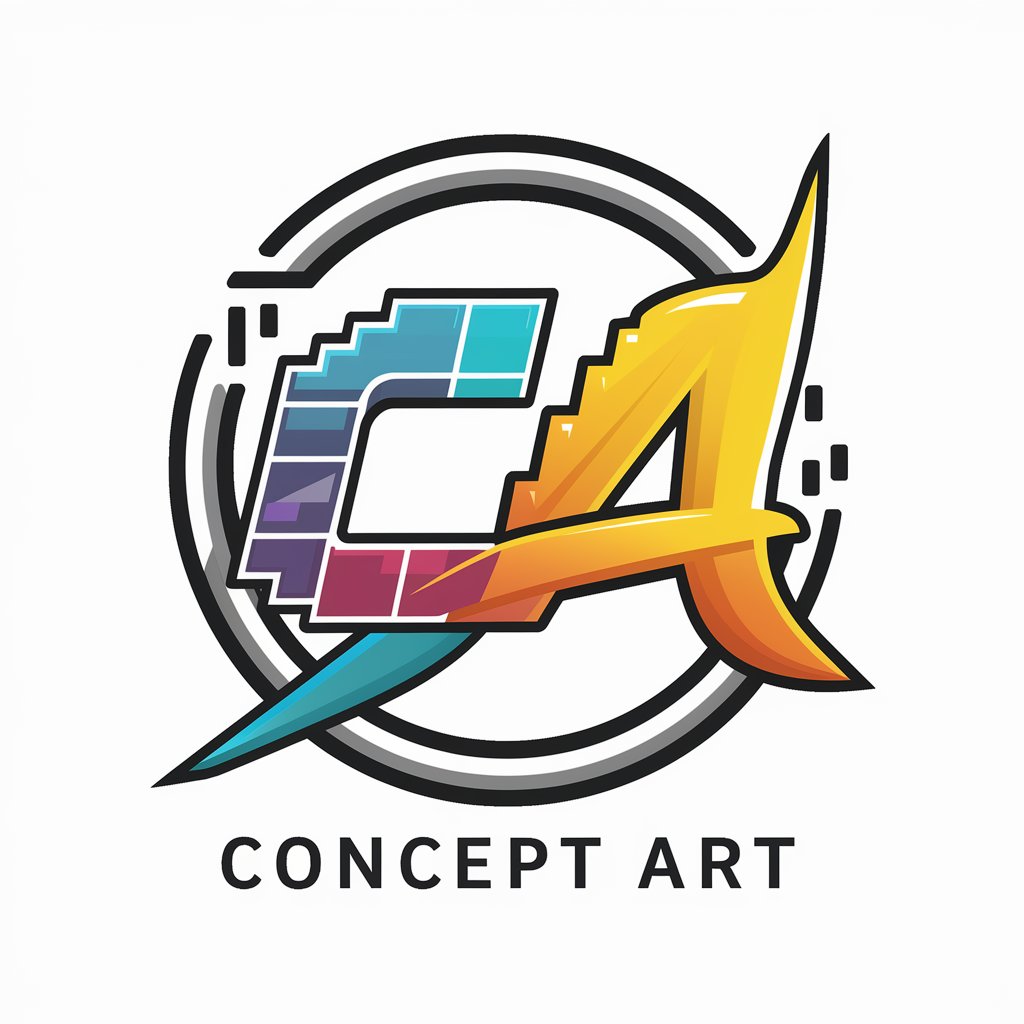
Welcome! Let's bring your game ideas to life.
Turning ideas into game-ready art.
Design a character for a fantasy video game who is a...
Create an environment concept for a post-apocalyptic city...
Generate a vehicle design for a futuristic racing game...
Visualize a mythical creature that guards an ancient treasure...
Get Embed Code
Understanding Concept Art
Concept Art, as embodied by this specialized GPT, is designed to transform ideas, narratives, and gameplay elements into visual representations that are crucial for video game development. This involves creating visual designs for characters, environments, objects, and other elements that define the aesthetic and thematic direction of a video game. For instance, when tasked with conceptualizing a dystopian cityscape, Concept Art would generate detailed imagery that captures the essence of the environment, including decaying structures, futuristic technologies, and a moody atmosphere, setting a clear visual tone for the game's setting. Powered by ChatGPT-4o。

Core Functions of Concept Art
Visualizing Game Elements
Example
Character Design
Scenario
When a game developer envisions a protagonist with unique abilities and a distinctive look, Concept Art translates these ideas into a detailed character design, complete with visual cues that hint at the character's backstory, abilities, and personality. This serves as a blueprint for 3D modelers and animators.
Establishing Game Atmosphere and Mood
Example
Environmental Design
Scenario
For a game set in an alien world, Concept Art creates an array of environments that reflect the alien ecosystem, cultural elements, and architectural styles. This helps in creating a cohesive world that players find immersive and believable, guiding level designers and storytellers.
Designing Props and Assets
Example
Weaponry and Tools
Scenario
In designing a game's interactive elements, such as weapons or tools, Concept Art outlines the aesthetic and functional aspects of these items. This ensures that they fit within the game's world, serving both practical gameplay needs and enhancing the visual narrative.
Storyboarding and Cinematics
Example
Cutscene Visuals
Scenario
Concept Art aids in visualizing the storyboard for key cutscenes, providing a frame-by-frame breakdown of the narrative's pivotal moments. This helps cinematic directors and animators in crafting engaging and coherent story sequences that align with the game's visual style.
Who Benefits from Concept Art Services
Game Developers and Studios
Game developers, ranging from indie creators to large studios, rely on Concept Art to visualize their game's universe, ensuring consistency and clarity in the game's visual direction. This foundational work is essential for cohesive game design and storytelling.
Game Designers and Writers
Designers and writers use Concept Art to see their ideas take visual form, aiding in the development of game mechanics, levels, and narratives. This collaboration ensures that the game's story and gameplay elements are visually and thematically aligned.
3D Modelers and Animators
These professionals use Concept Art as a reference to create 3D models, textures, and animations that are true to the original vision, ensuring that the final game assets are consistent with the initial concept designs.

How to Utilize Concept Art
Initiate your journey
Begin by exploring yeschat.ai to sign up for a complimentary trial, which requires no login or subscription to ChatGPT Plus.
Define your vision
Clarify your concept or idea for the artwork. Consider the setting, characters, mood, and key elements you want to include.
Communicate your ideas
Provide a detailed description of your concept to ensure the generated art aligns with your vision, including any specific themes or elements.
Review and refine
Evaluate the generated concept art. Use it as a base to request modifications or further iterations to perfect the design.
Implement in development
Use the finalized concept art as a guide for game developers, artists, and designers to bring your video game or project to life.
Try other advanced and practical GPTs
Concept Map
Visualize Ideas with AI
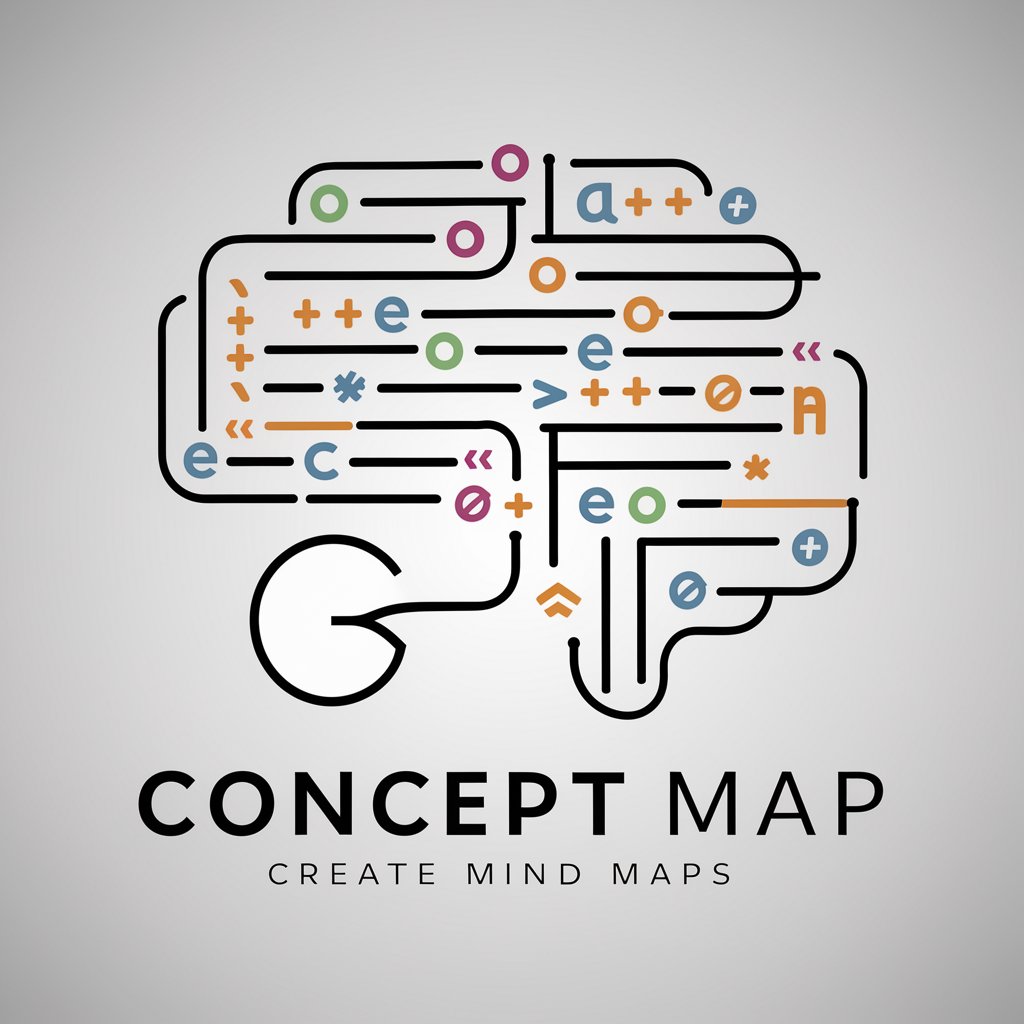
Concept Art Creator
Bringing Characters to Life with AI
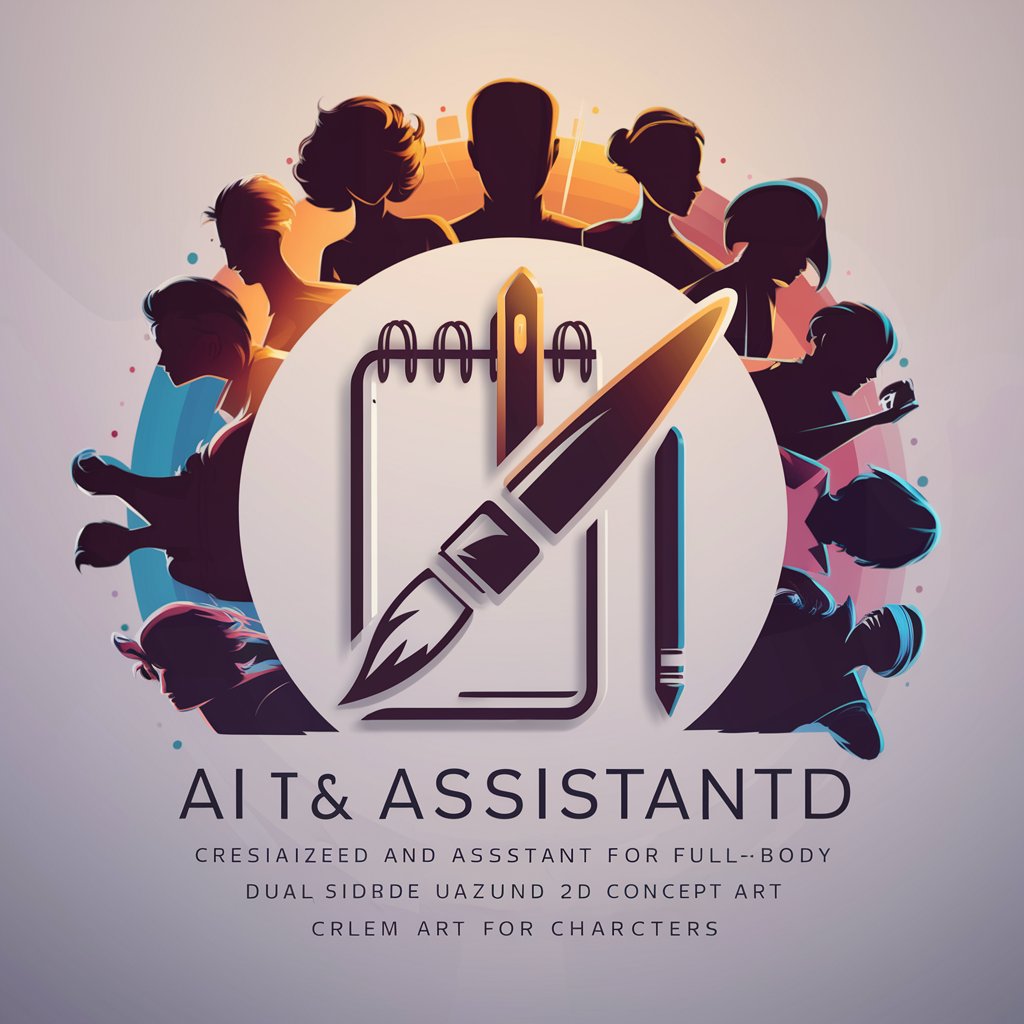
Concept Analysis GPT
Unveil deeper meanings with AI-powered analysis.
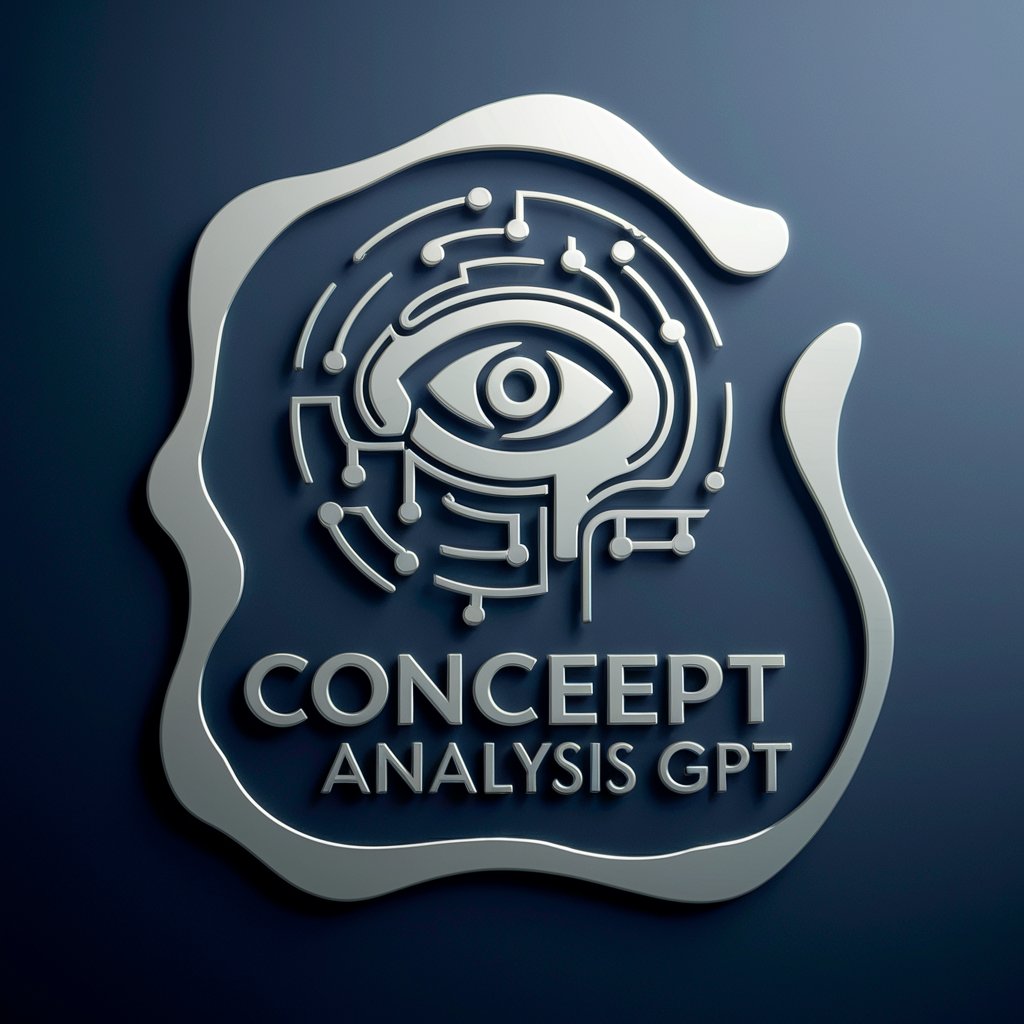
Concept Combiner
Blending Ideas, Powering Innovation
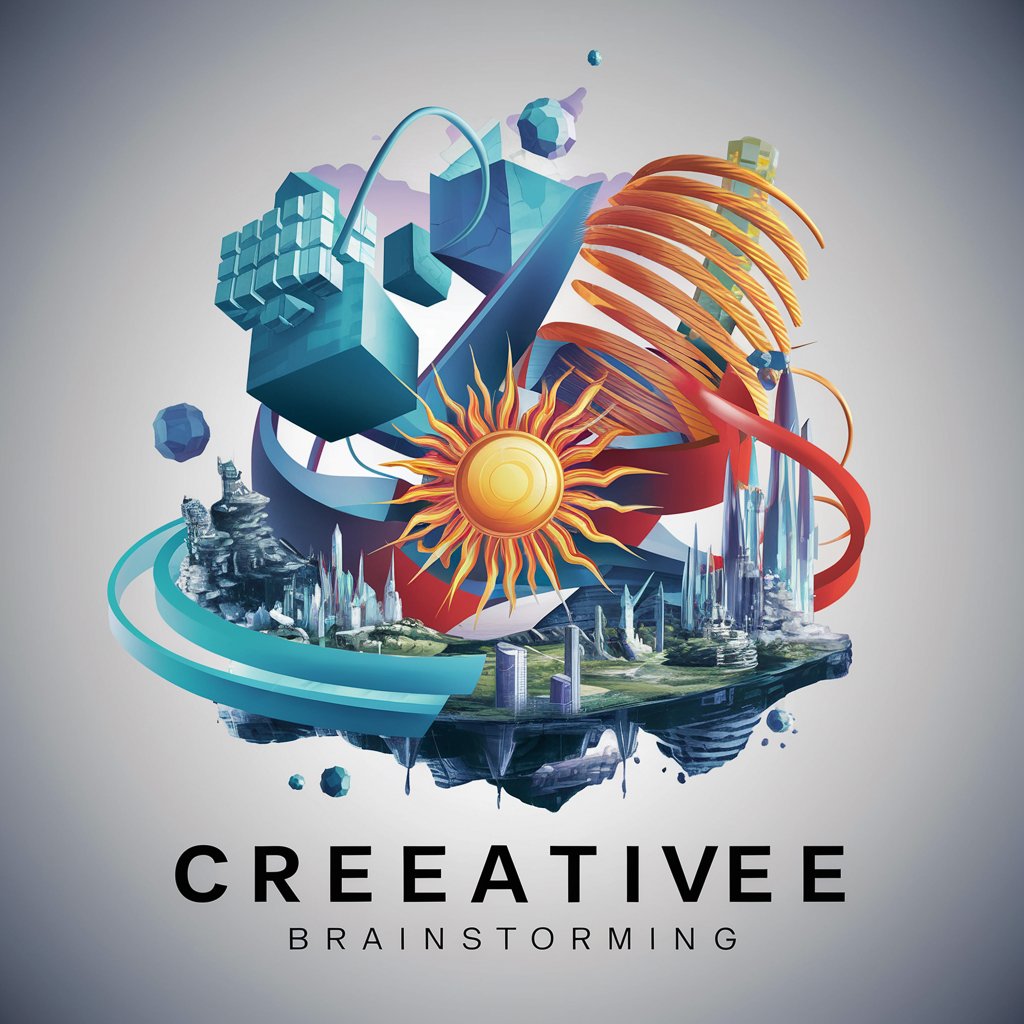
Concept Clarifier
Unraveling Concepts with AI Precision
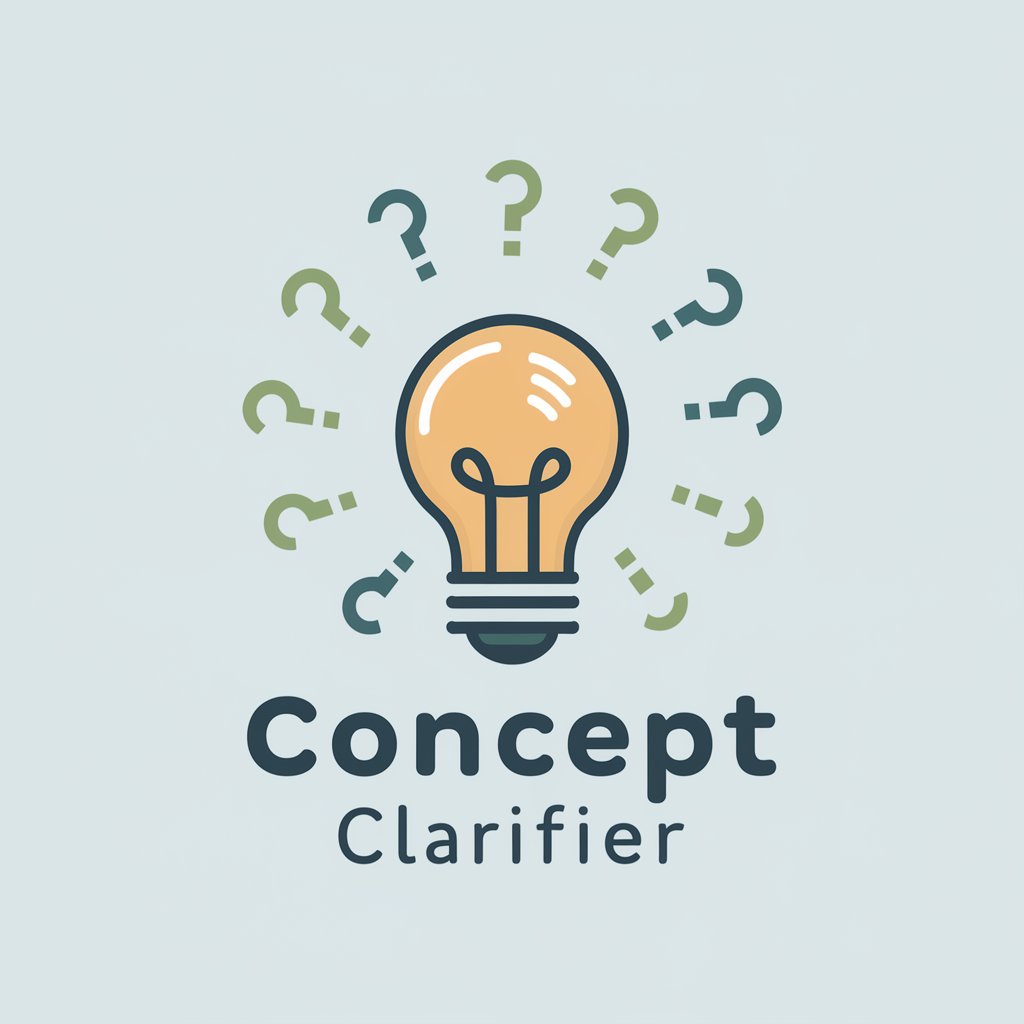
Concept Artist
AI-powered artistic imagination at your service.
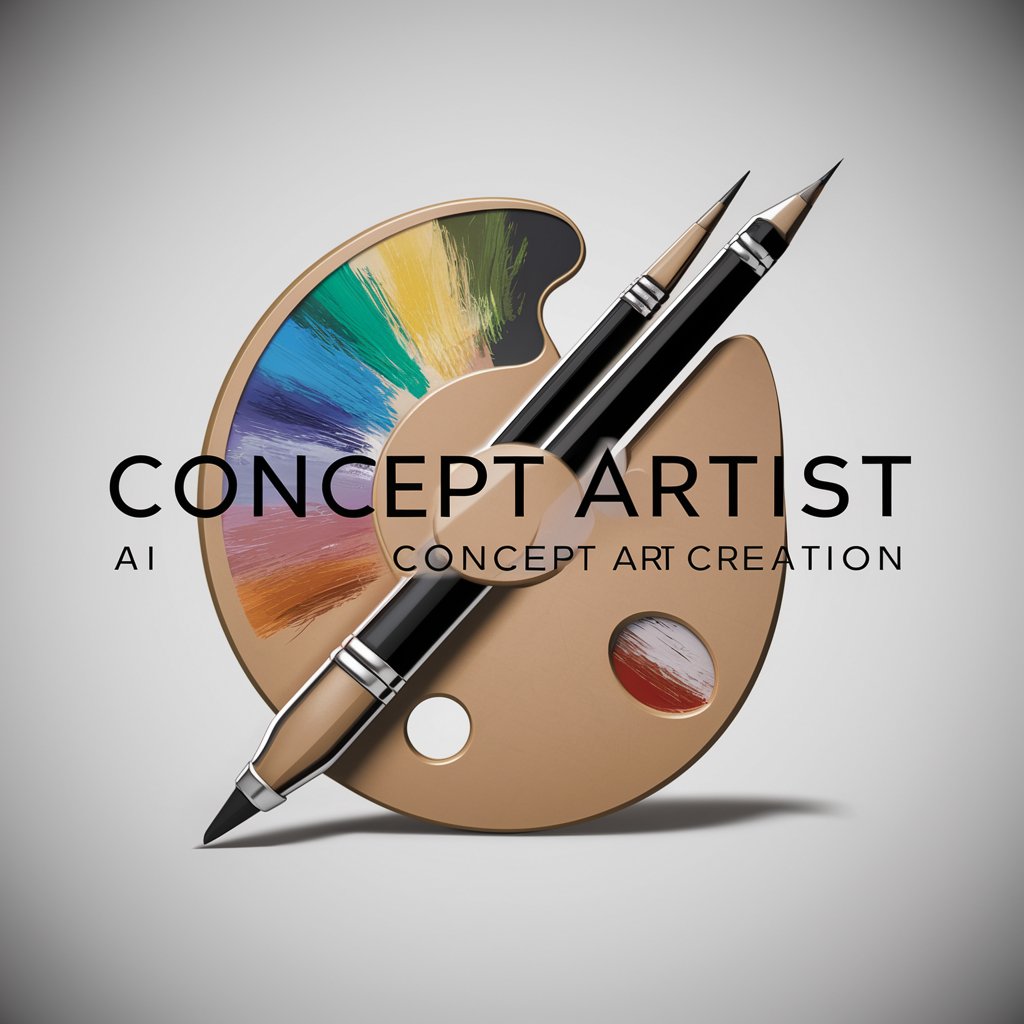
Corporate Social Responsibility (CSR) Advisor
AI-powered CSR Strategy Enhancement

Sustainability Coach & Social Responsibility Guide
Empowering sustainable choices with AI

Sustainability Champ
Empowering sustainability with AI intelligence.

12 Rules for Life - Jordan B. Peterson
Empowering insights for life's challenges
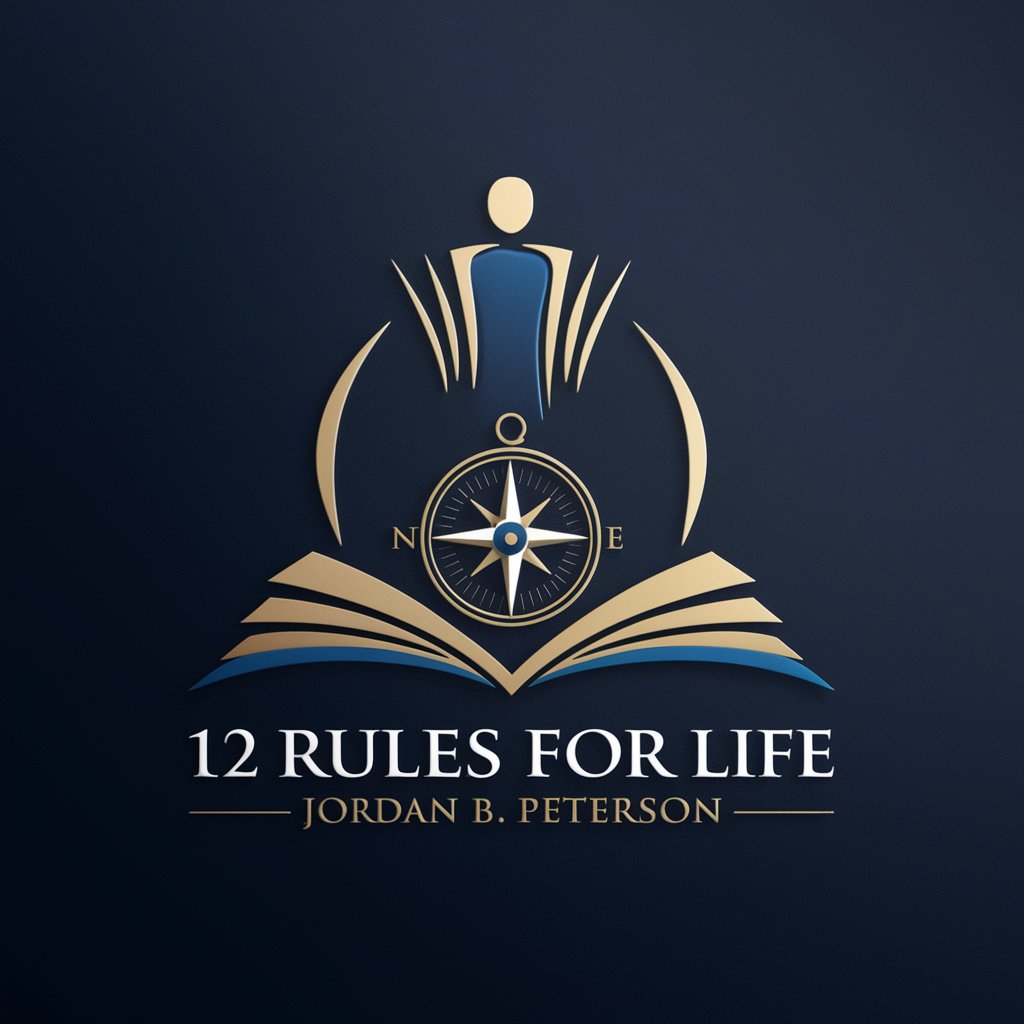
Marconi Expert
Unveiling Robotics and IT Innovation
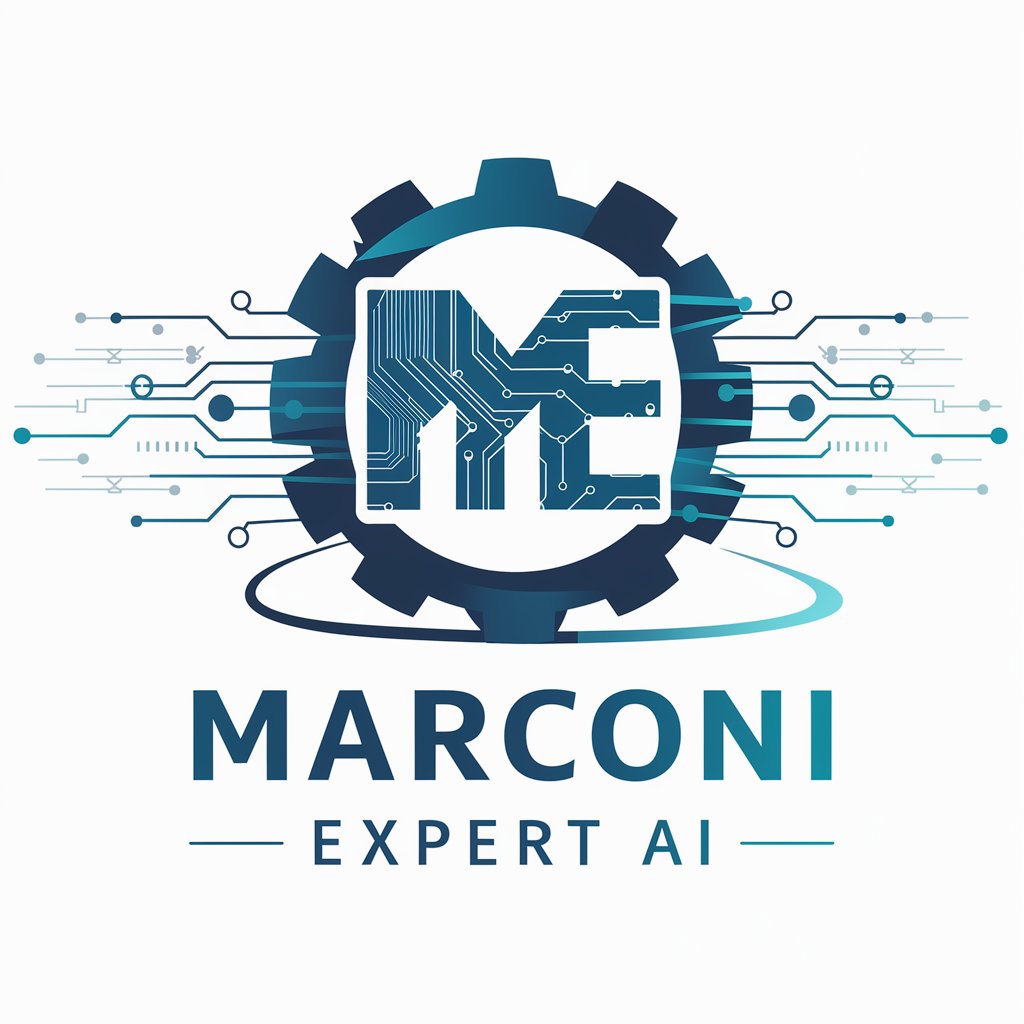
Corporate responsibility
Empowering Ethical Corporate Communication

Frequently Asked Questions about Concept Art
What is Concept Art?
Concept Art is a creative AI tool designed to generate visual art concepts based on user descriptions. It's tailored for video game design, providing clear, concise, and game-ready art concepts.
How does Concept Art differ from traditional art generation tools?
Unlike generic art generation tools, Concept Art focuses on creating assets specifically designed for video game development, emphasizing simplicity, applicability, and the ability to translate ideas directly into game-ready formats.
Can Concept Art generate character designs?
Yes, Concept Art can generate detailed character designs based on descriptions of appearance, personality, and context within the game world, aiding in the creation of compelling and fitting characters for your game.
Is Concept Art suitable for creating environment or level designs?
Absolutely, Concept Art excels at creating vivid, immersive environment or level designs that fit within your game's world, helping developers visualize and implement these spaces within their projects.
How can I optimize my requests to Concept Art for the best results?
For optimal results, provide detailed descriptions of your vision, including mood, setting, key elements, and any specific requirements. The more detailed your description, the better Concept Art can align with your expectations.
